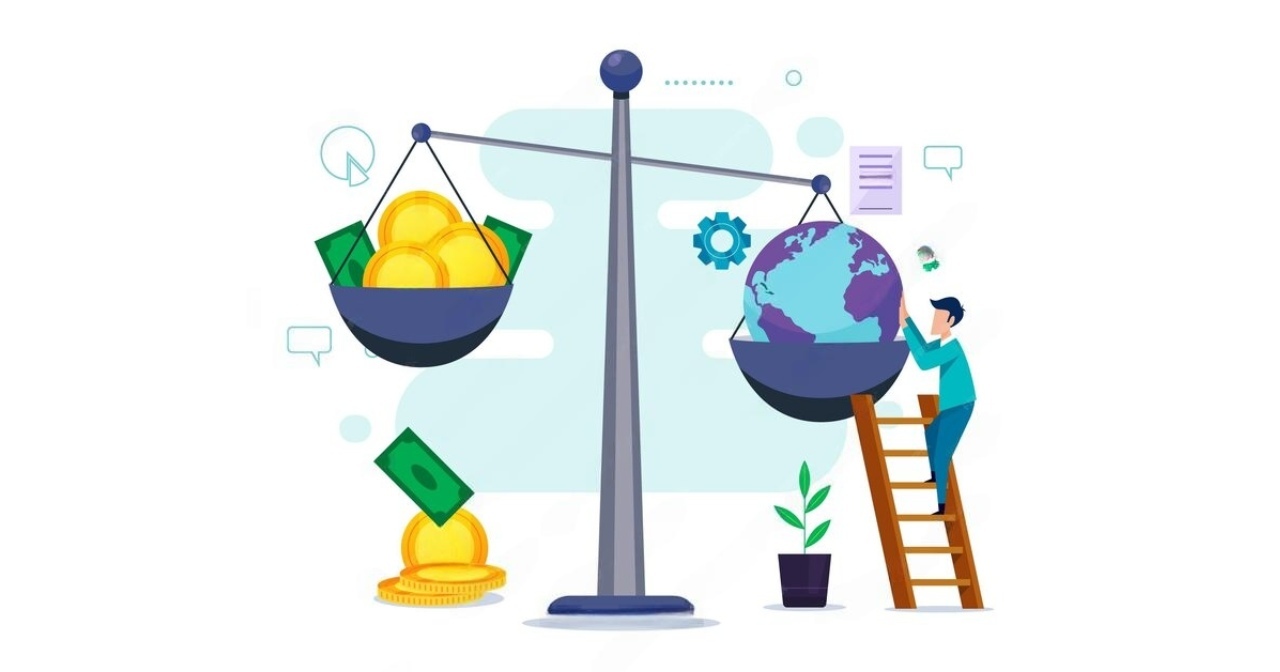
The age-old adage, “Don’t put all your eggs in one basket,” is particularly relevant when it comes to investing in gold. Diversification can shield you from market fluctuations and help ensure consistent returns on your gold investments.
But do you know how to construct a balanced gold portfolio while effectively managing risk? In this guide, we’ll cover the essentials for planning and building a gold investment portfolio that aligns with your risk tolerance and financial objectives. While all investments carry some level of risk, it’s possible to manage that risk rather than ignore it.
By the end of this blog, you’ll be equipped with the knowledge to create a comprehensive gold investment strategy that includes ETFs, mutual funds, physical gold, and digital gold. You’ll gain the confidence and peace of mind needed to secure your financial future.
Let’s delve into the world of gold investing!
How to Balance Your Gold Investment Portfolio
Gold is a favored investment for its stability and potential for profit. Whether you’re a novice investor or looking for advanced gold portfolio management strategies, here’s how to build a balanced gold portfolio:
Explore Different Types of Gold Investments
- Physical Gold: This includes gold bars, coins, and jewelry. You can purchase it from dealers or mints and store it yourself or in a secure facility. While it’s a tangible asset that can hedge against inflation, it requires safe storage and incurs higher transaction costs.
- Digital Gold: This allows you to buy gold online without the need to handle the physical metal. Platforms like DigiGold enable you to buy and sell gold with ease. It’s convenient and has lower storage costs, but it’s essential to choose a reputable platform.
- Gold ETFs (Exchange-Traded Funds): These funds trade on stock exchanges and track gold prices. You can buy shares without owning physical gold.
- Gold Mining Stocks: These are shares in companies that mine and produce gold. Their value is tied to gold prices and the performance of the company. While they offer the potential for high returns, they also come with risks associated with the mining industry.
To create a balanced gold investment portfolio, consider a mix of these options based on your goals, risk tolerance, and market knowledge. Start with safer investments like digital gold, and gradually incorporate riskier options as you gain experience.
Choose the Right Gold Investment Strategy
Your choice of gold investment should align with your goals and convenience:
- Safety and Tangibility: Physical gold
- Easy Storage and Good Returns: Digital gold
- High Liquidity and Returns: Gold ETFs
- High Risk, High Reward: Gold mining stocks and futures
The type of gold investment you select will influence the associated fees and maintenance. For instance, physical gold may incur additional costs for safekeeping, whether you store it yourself or use vault services. In contrast, digital gold eliminates storage concerns, saving you money.
Here’s a summary of the minimum investment requirements for various gold investment types:
| Type of Gold Investment | Minimum Investment Amount |
|---|---|
| Physical Gold | ₹6,903 (approx. price of 1 gm gold) |
| Digital Gold | Starting at ₹1 |
| Gold ETF | Starting at ₹5,000 (varies by fund) |
| Gold Mutual Funds | Starting at ₹500 (may have management fees and expense ratios) |
Overall, digital gold is an excellent investment option for both small and large investors. It’s easy to buy and sell online, and you won’t have to worry about storage. While physical gold is a tangible asset, it comes with additional costs such as making charges, secure storage, and insurance. Gold ETFs and mutual funds require a higher initial investment and carry market risks.
Determine the Right Allocation for Gold Investment
- 5-10% Allocation: If you believe in economic growth but want a safety net, allocate 5-10% of your portfolio to gold and gold-related assets. This provides a buffer against unexpected downturns.
- 15-25% Allocation: For those worried about economic risks or inflation, consider a 15-25% allocation to gold. This higher percentage can offer more protection during times of financial instability.
- 30-50% Allocation: If you think the economy is facing serious challenges, such as rising debt and inflation, consider allocating 30-50% of your portfolio to gold, as it can serve as a hedge during market downturns.
Stay Informed on Gold Investment Trends and Market Analysis
Understanding gold market trends and analysis is crucial for making informed investment decisions. Gold prices fluctuate based on various factors, including economic conditions, geopolitical events, and market demand.
For instance, following the 2024 budget announcement by Finance Minister Nirmala Sitharaman, which reduced basic customs duties on gold







